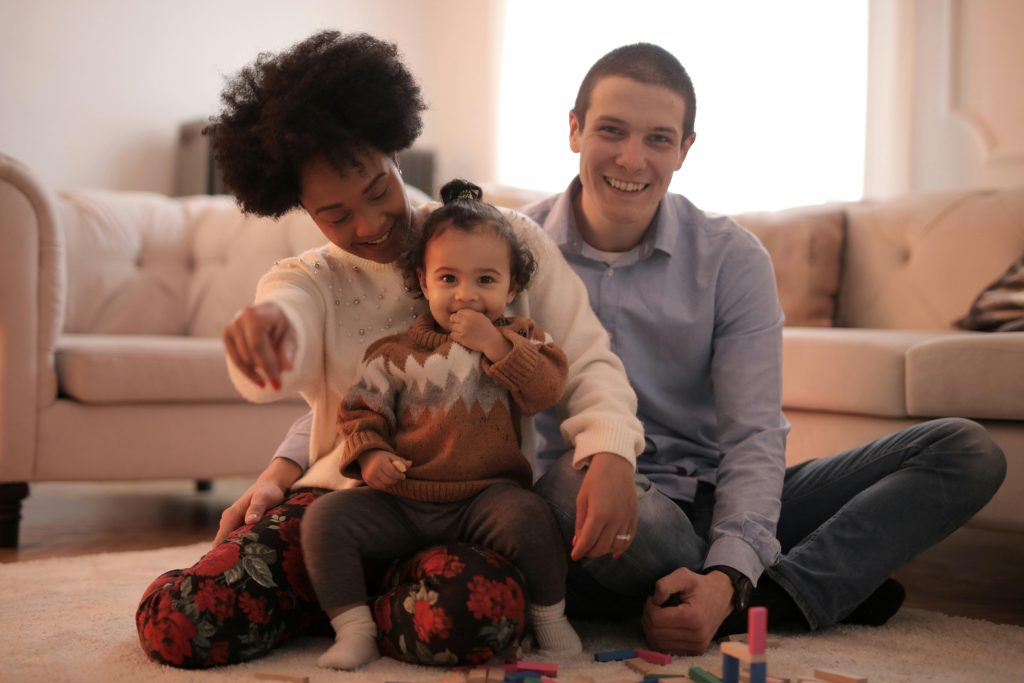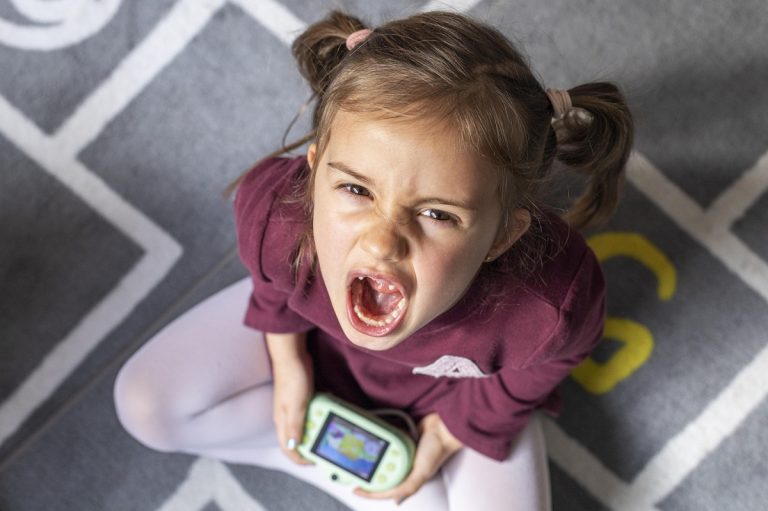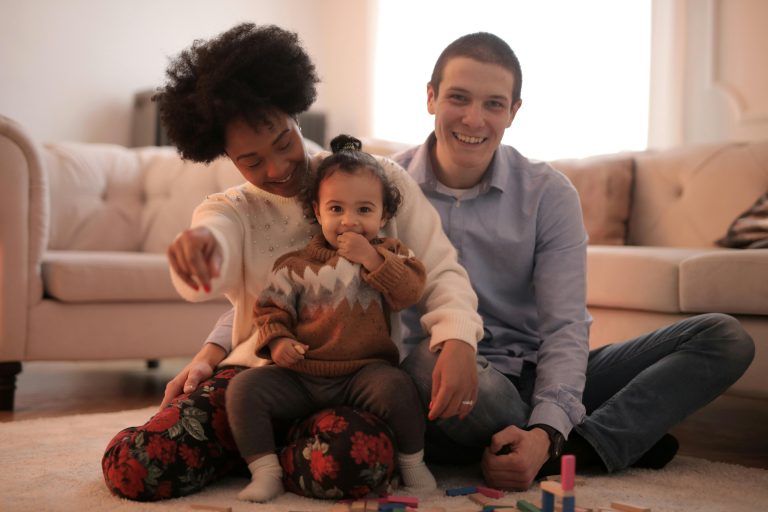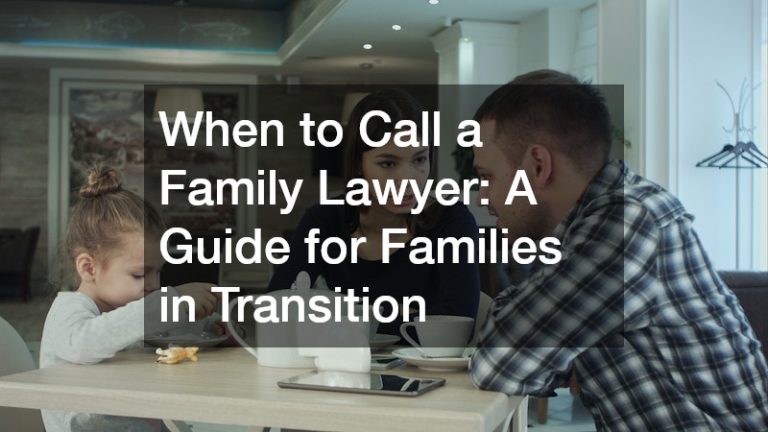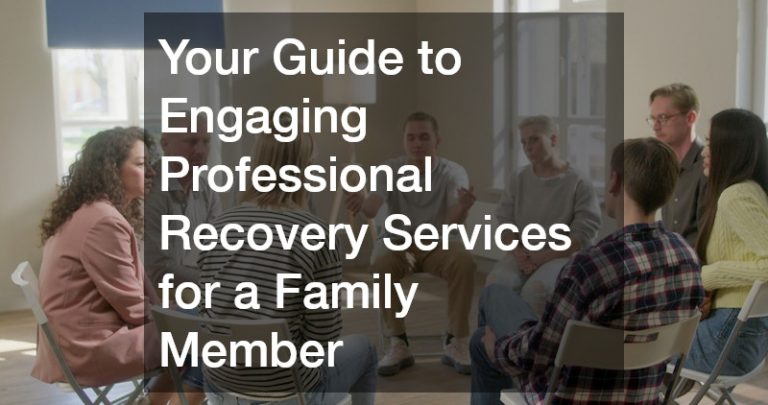- Discipline means teaching, not punishing. The goal is to guide your 3-year-old toward self-control and understanding, not to control behavior through fear.
- Consistency builds security. Clear, predictable rules and calm follow-through help children feel safe and understand boundaries.
- Connection comes before correction. Get on your child’s level, make eye contact, and acknowledge feelings before addressing behavior.
- Gentle but firm strategies work best. Use time-ins, redirection, positive reinforcement, and logical consequences to encourage cooperation and empathy.
- Yelling and harsh punishment backfire. A calm tone and steady patience teach emotional regulation more effectively than anger or threats.
- Tailor discipline to your child’s temperament. Whether they’re strong-willed, sensitive, or energetic, adapt your approach to their emotional and developmental needs.
- Repair and reconnect after mistakes. When you lose patience, own it, apologize, and model accountability—this strengthens trust and teaches responsibility.
Parenting a 3-year-old can feel like an emotional roller coaster. One moment your child is showering you with affection, and the next, they’re testing every boundary you set. If you’ve ever found yourself asking, “How do I discipline my 3-year-old without losing my mind?”—you’re not alone.
At age three, children are rapidly developing independence, emotional awareness, and communication skills. But along with this growth comes frustration, defiance, and occasional tantrums. This stage isn’t about being “bad”—it’s about learning limits, testing cause and effect, and understanding emotions.
This complete guide will walk you through how to discipline a 3 year old in ways that nurture cooperation, teach empathy, and maintain your child’s trust.
Why Is Discipline So Challenging at Age 3?
Three-year-olds are in the heart of early childhood development. Their brains are growing fast, their emotional regulation is immature, and their desire for independence is stronger than ever.
Key reasons discipline feels hard at this stage:
- Limited self-control: A 3-year-old’s prefrontal cortex (the part of the brain responsible for impulse control) is still developing.
- Strong emotions: Frustration and disappointment can trigger meltdowns because they can’t yet express their feelings fully.
- Desire for autonomy: They want to do things “by myself” but still need your help and structure.
- Testing boundaries: Toddlers learn by experimenting—yes, even when it looks like defiance.
Understanding these developmental truths helps you respond calmly and constructively instead of reacting out of frustration.
What Does “Discipline” Really Mean for a 3-Year-Old?
When people hear “discipline,” they often think of punishment. But true discipline comes from the Latin word disciplina, meaning teaching or learning.
For a 3-year-old, discipline is about:
- Teaching self-control, not demanding obedience.
- Guiding behavior through connection and consistency.
- Setting boundaries that make your child feel safe.
Punishment focuses on control and fear. Discipline focuses on growth and understanding.
When you shift from punishment to teaching, your child begins to trust your guidance and learns to make better choices on their own.
How Do You Set Age-Appropriate Boundaries?
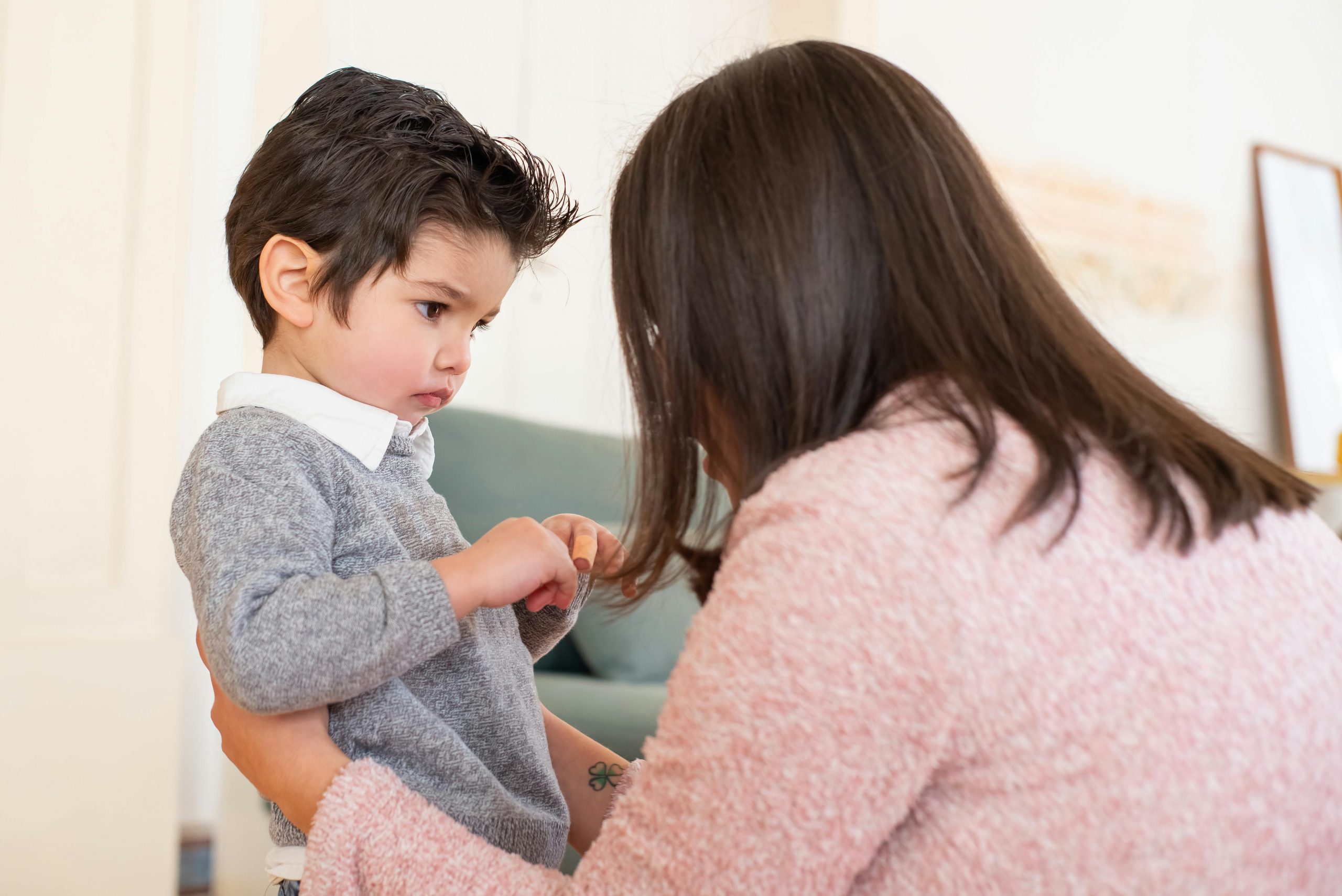
Three-year-olds thrive when they know what to expect. Clear, consistent boundaries create security and predictability—two things toddlers desperately need.
Here’s how to set them effectively:
- Keep rules simple and clear. Use short phrases like “No hitting,” “Gentle hands,” or “We sit when we eat.”
- Be consistent. If bedtime is 8 p.m. one night and 9:30 the next, your child learns that rules can change.
- Follow through calmly. Empty threats lose power; calm consistency builds trust.
- Explain why. “We hold hands in the parking lot to stay safe” teaches reasoning, not fear.
Consistency is one of the most powerful forms of discipline at this age.
How to Discipline a 3 Year Old Without Yelling
Yelling often happens when parents feel overwhelmed or unheard—but it rarely teaches the lesson you want. At best, it frightens your child; at worst, it models the very behavior you’re trying to discourage.
Try these alternatives:
- Lower your voice instead of raising it. A calm, firm tone gets attention faster than shouting.
- Get down to their level. Eye contact communicates connection and seriousness.
- Name the behavior, not the child. Say “Hitting hurts” instead of “You’re being bad.”
- Take a breath before responding. A short pause prevents emotional reactions.
When your child feels safe, they listen and learn far more effectively.
What Are Gentle Yet Firm Discipline Strategies?
Discipline doesn’t have to be harsh to be effective. Gentle parenting techniques emphasize connection and teaching while maintaining authority.
Here are proven approaches:
1. Time-In Instead of Time-Out
A time-in means staying with your child during emotional moments rather than isolating them.
- Sit beside them during a meltdown.
- Label their feelings: “You’re mad because we had to leave the park.”
- Help them calm down before discussing the behavior.
2. Positive Reinforcement
Catch your child being good.
- Praise specific actions: “I love how you shared your toy.”
- Use small rewards for consistent behavior—stickers, extra storytime, or a hug.
3. Redirection
If your child is misbehaving, offer a better alternative.
- Instead of “Don’t throw blocks,” try “Let’s roll the ball instead.”
- This teaches acceptable ways to express energy.
4. Logical Consequences
Allow your child to experience the natural result of their actions when safe.
- If they throw food, mealtime ends.
- If they break a toy, it can’t be played with. This teaches cause and effect without shame.
How to Discipline a 3 Year Old Who Won’t Listen
It’s one of the most common struggles for parents—your toddler seems to ignore everything you say. But “not listening” doesn’t always mean defiance. Sometimes it means they’re distracted, overstimulated, or unsure of what’s expected.
Try these steps:
- Connect before you correct. Get their attention by gently touching their shoulder and making eye contact.
- Use simple, direct language. Three-year-olds respond better to “Shoes on, please” than “You need to hurry up because we’re late.”
- Offer choices within limits. “Do you want to brush your teeth before or after your bath?” Choices create cooperation.
- Acknowledge feelings first. “I know you don’t want to leave the playground. It’s hard to stop playing.” Then guide the next action.
- Stay calm and consistent. Repeating your expectations without emotion teaches reliability.
How to Handle Tantrums with Compassion and Control
Tantrums are a natural part of toddlerhood. They’re not manipulation—they’re communication.
Why Tantrums Happen
- Overstimulation or fatigue
- Frustration at not being understood
- Limits that challenge their sense of control
How to Respond
- Stay nearby and calm. Your presence helps them feel safe.
- Don’t try to reason mid-tantrum. Wait until they’ve calmed down.
- Use empathy statements: “You’re upset because you wanted more juice.”
- Afterward, teach coping skills: deep breaths, hugging a stuffed animal, or using words to ask for help.
Tantrums fade faster when children feel heard, not punished.
How to Discipline a 3 Year Old Who Hits, Bites, or Throws Things
Aggressive behavior in toddlers can be alarming but is usually a sign of emotional overwhelm. They’re expressing big feelings with little control.
Step-by-Step Response
- Stay calm and intervene immediately. Prevent harm first.
- Name the behavior: “No hitting. Hitting hurts.”
- Show the right way: “You can say, ‘I’m mad,’ instead.”
- Comfort the victim and model empathy.
- Later, talk about it calmly: “What can we do next time when we feel mad?”
Avoid shaming language. The goal is to teach emotional awareness, not guilt.
How to Use Time-Outs Correctly (If You Choose To)
Time-outs can work if used as a reset tool—not a punishment.
Guidelines for effective use:
- Keep them short. One minute per year of age is enough.
- Explain the purpose: “We’re taking a break to calm down.”
- Stay nearby. Isolation can heighten distress.
- Reconnect afterward. Discuss what happened and what can be done differently.
The goal of a time-out is emotional regulation, not emotional separation.
How to Discipline a 3 Year Old in Public Without Embarrassment
Public meltdowns are every parent’s nightmare. The stares, the pressure, the frustration—it’s hard to stay calm. But you can manage these moments gracefully.
Practical Tips
- Plan ahead. Avoid errands during nap or meal times.
- Give clear expectations before going out: “We’ll buy milk and bread, then go home.”
- Bring distractions. Small toys, books, or snacks can prevent boredom.
- If a tantrum starts, stay calm. Remove your child to a quiet space if needed.
- Ignore onlookers. Focus on your child, not the judgment.
Remember, your calm presence teaches emotional control better than any words.
How to Discipline a 3 Year Old as a Working Parent

Discipline can feel even more challenging when you’re balancing work stress, limited time, and exhaustion. But connection matters more than quantity—it’s about quality of moments.
Make the Most of Time Together
- Create small rituals. A bedtime story, morning hug, or weekend walk builds consistency.
- Stay aligned with caregivers. Discuss discipline strategies so your child gets the same messages.
- Use calm transitions. After work, take a few minutes to decompress before engaging with your child.
Even brief, focused moments of attention reinforce security and good behavior.
Common Discipline Mistakes to Avoid
Even well-meaning parents slip into habits that backfire. Here’s what to watch out for:
- Inconsistency: Changing rules confuses your child.
- Empty threats: Saying “If you do that again, no TV for a week” rarely works.
- Overexplaining: Long lectures go over a 3-year-old’s head.
- Ignoring positive behavior: Children repeat what gets attention—good or bad.
- Physical punishment: Research shows it leads to fear, not understanding.
Focus on teaching instead of controlling, and you’ll see more cooperation.
What to Do When You Lose Your Patience
Every parent loses their temper sometimes. What matters most is what happens next.
- Pause and breathe. Step away if needed.
- Acknowledge it. “Mommy got upset. I should have taken a breath.”
- Apologize and reconnect. This models accountability.
- Reflect later. What triggered your frustration? How can you prepare next time?
Repair strengthens trust and shows your child that everyone makes mistakes—and can make things right.
How to Encourage Long-Term Good Behavior
Discipline is most effective when it builds internal motivation, not just compliance. You want your child to want to do the right thing.
Strategies That Build Cooperation
- Praise effort, not perfection. “You tried so hard to wait your turn.”
- Give responsibility. Small chores boost confidence.
- Use routines. Predictability reduces conflict.
- Model respect. Your tone becomes their tone.
Over time, your child learns that good behavior feels good—not just that it earns rewards.
How to Discipline a 3 Year Old with Different Temperaments
No two children are alike. Your discipline approach should fit your child’s personality.
If Your Child Is Strong-Willed
- Offer structured choices.
- Stay firm but kind—don’t engage in power struggles.
- Allow natural consequences when safe.
If Your Child Is Sensitive
- Use gentle tones and lots of reassurance.
- Praise small successes to build confidence.
- Keep environments calm and predictable.
If Your Child Is Energetic or Impulsive
- Provide physical outlets for energy.
- Keep instructions short and visual.
- Use frequent reminders, not punishments.
Discipline works best when it honors your child’s individual nature.
How to Work Together as Parents or Caregivers
Children thrive when the adults in their lives stay consistent. If one parent says “no” and the other says “yes,” confusion and testing follow.
Tips for Unified Discipline
- Agree on core rules: bedtime, screen time, manners.
- Discuss discipline privately. Avoid contradicting each other in front of your child.
- Support each other’s authority. Even if you disagree, present a united front.
- Check in regularly. Talk about what’s working and what’s not.
Consistency between parents creates emotional stability for your child.
When to Seek Professional Help
Sometimes persistent behavioral challenges signal deeper issues, such as anxiety, sensory difficulties, or developmental delays.
Consider consulting a pediatrician or child behavior specialist if:
- Aggression or tantrums are frequent and intense.
- Your child doesn’t respond to consistent discipline.
- You feel overwhelmed or unsure how to proceed.
Seeking help is not a failure—it’s a sign of commitment to your child’s well-being.
Final Thoughts
Disciplining a 3-year-old takes endurance, creativity, and compassion. It’s not about perfection—it’s about progress. Every moment you choose to guide instead of punish, teach instead of shame, and connect instead of control, you’re building a foundation for lifelong emotional health.
Your child will remember how you made them feel more than how many times you said “no.” So discipline with kindness, lead with love, and trust that each boundary you set today helps shape the confident, kind person they’ll become tomorrow.

